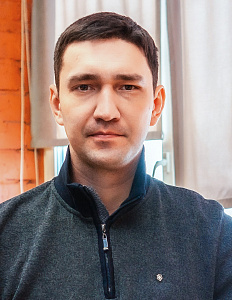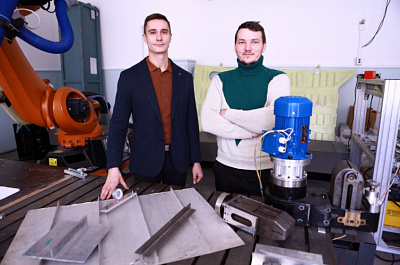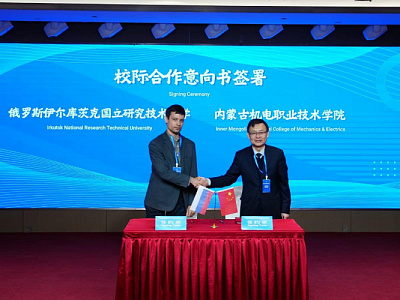Laboratory Staff of INRTU and A.E. Favorsky Irkutsk Institute of Chemistry Engaged In a Scientific Discussion on the Pages of the International Journal
Employees of the Laboratory of Photofunctional Materials of INRTU and A.E. Favorsky Irkutsk Institute of Chemistry SB RAS (part of the Baikal International Research Center) joined the scientific discussion and revised the inaccuracy of their colleagues in the paper published in the Journal of Photochemistry and Photobiology A: Chemistry.
The international journal publishes the results of fundamental research on various aspects of photochemistry.
As emphasized by the scientific director of the Youth Laboratory of Photofunctional Materials, Doctor of Chemical Sciences Andrei Lvov, the main goals of scientists are to study the features of the world around us and to create products that can improve the quality of life of modern and future generations of people on our planet.

“Maintaining a high level of scientific research requires constant critical reflection of others' and one's own work. Hence, another responsibility of a scientist is the need to correct occasional mistakes in the interpretation of experimental data.
In a recent paper by our colleagues from the group Shouzhi Pu, published in the authoritative Journal of Photochemistry and Photobiology A, were synthesized new fluorescent chemical compounds based on 4,5-diphenylimidazole, promising as sensors for iodide anions. Upon light irradiation, these compounds completely lost their fluorescent properties due to an irreversible photoreaction, which is also interesting for the development of optical memory devices.
This study was performed at a very good scientific level, but the authors made one mistake in establishing the photoreaction products of their compounds. As the latter they proposed very dubious structures, namely, 7a,7b-dihydrophenanthro[9,10-d]imidazoles, which should be very unstable due to the loss of aromaticity of three cycles at once,” explained Andrei Lvov.
This inaccuracy was corrected in a critical commentary published by members of our laboratory in the same journal.
“Based on bibliographic data and nuclear magnetic resonance spectroscopy results (which were misinterpreted by S. Pu et al.), more realistic products, namely 9,10-phenanthroimidazole derivatives, have been proposed. Their formation is explained by a well-known transformation, photocyclization followed by oxidation of unstable intermediates.It should be noted that we have not questioned the main conclusions of the paper by our Chinese colleagues, but we have clarified the interpretation of some experimental results”, specified Andrei Lvov.
The paper authored by Andrei Lvov and Yumzhana Bolotova, a graduate student of INRTU, was published in the international journal Journal of Photochemistry and Photobiology A (Q2 in Web of science, impact factor 4.1):
Bolotova, I. A.; Lvov, A. G. J. Photochem. Photobiol. A 2024, 456, 115855
https://www.sciencedirect.com/science/article/abs/pii/S101060302400399X



